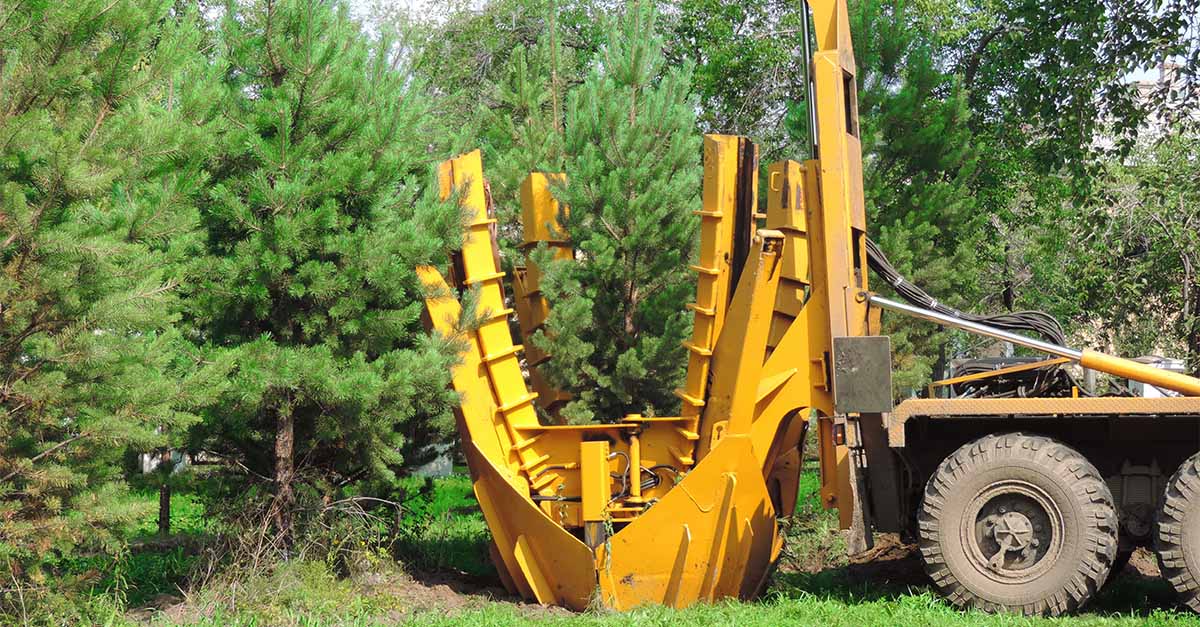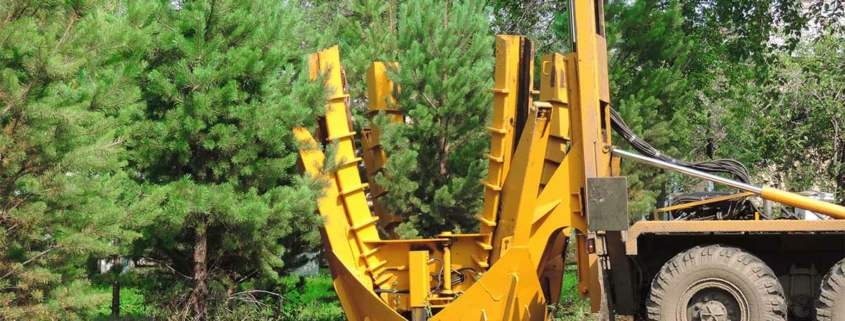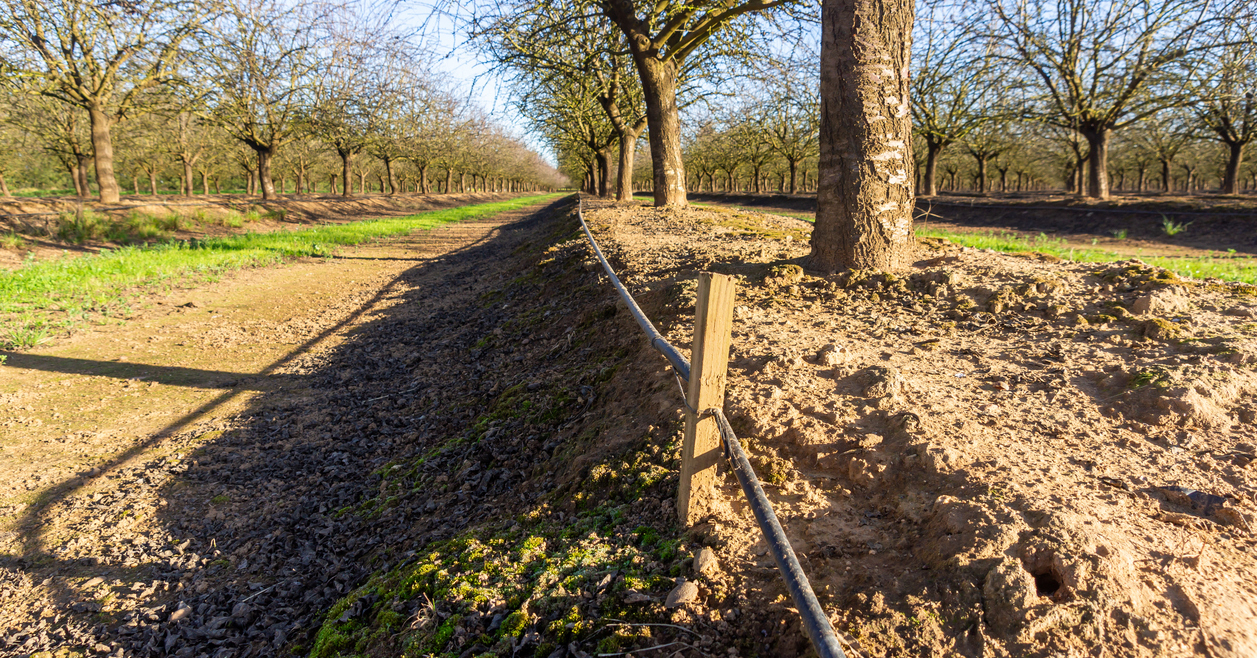Is It Possible to Move a Tree?
Ample shade, healthy growth, and aesthetic appeal… There’s much to appreciate about the trees on your property, but what happens when one of your favorites is inconveniently placed? If you’ve found yourself in a tricky tree situation, you’re not alone. Lots of homeowners struggle with trees that were planted before they moved in, have started to encroach on critical structures, or are blocking space needed for a new project.
The smaller a tree’s size, the easier it is to move it, for many obvious reasons. A larger tree has less chance of successful recovery and survival if things are not done properly. If you have no choice but to move a mature tree, it may still be possible to do so effectively — though the task won’t be quick and easy. Here’s what to expect.
Choosing the Right Time
First, plan to have your tree moved when it’s dormant: before its growth cycle starts or after it ends. In general, most trees should be moved during the spring prior to growth or fall after the leaf drop, but some species have different windows. For example, deciduous trees should be moved in early spring prior to leaf development or after leaves turn in the fall. But evergreens shouldn’t be moved in the fall, as they may not become established in time before cooler weather rolls in. Instead, these green beauties should be transplanted in the late summer.
Root Pruning
Preparation for relocating a tree should begin several months prior with root pruning. In this process, the roots of the tree are trimmed approximately six months ahead of time. This fosters root development close to the tree, within the root ball that will be relocated.
Proper root pruning calls for specific tools and expertise. Pruning recommendations vary widely and may be based on factors such as the tree’s maturity, species, root sizes, soil type, and tree condition.
Digging Out
Digging the tree out isn’t as simple as it sounds and requires careful preparation. For starters, a north-facing branch should be marked so the tree can be replanted with the proper orientation. Its trunk should also be marked where it meets the soil line to ensure it’s inserted at the right depth.
How large a root ball will you need? “As a general rule of thumb, the root ball should be about 1 foot in diameter for every inch of trunk thickness,” Bob Vila advises. This means the bigger the tree, the larger its root ball should be. The digging process consists of creating a trench around the tree and then digging beneath to remove the soil.
Replanting
When selecting a new site for your tree, be sure to choose a location with sufficient room for growth, as well as the proper light, soil, and water conditions for the species. The space will need to accommodate a hole roughly three times as wide and just as deep as the root ball. Carefully place your tree in the new hole, and firmly pack the soil around the roots.
Aftercare
An uprooted tree is vulnerable to transplant shock, a condition that occurs due to root damage and a changing environment. Oftentimes, this issue can be prevented with persistent tree care. Keep the soil moist but not waterlogged by watering enough to soak the soil around the root area, keeping it at that level in the month or two after.
You’ll also want to make sure the surrounding area is mulched to support moisture retention and prevent weed growth. Aim to mulch at least two feet beyond the trunk’s perimeter at a depth of two to three inches. While the first few months after a transplant are the most critical to keeping your tree healthy, you’ll also want to follow year-round tree care practices to help it thrive.
When you need help with a tree project large or small, contact the experts from Premier Tree Solutions. From tree removal to pruning, our team offers a wide range of services to keep your property safe and beautiful. To request an estimate, call (404) 252-6448 or connect with us online.










